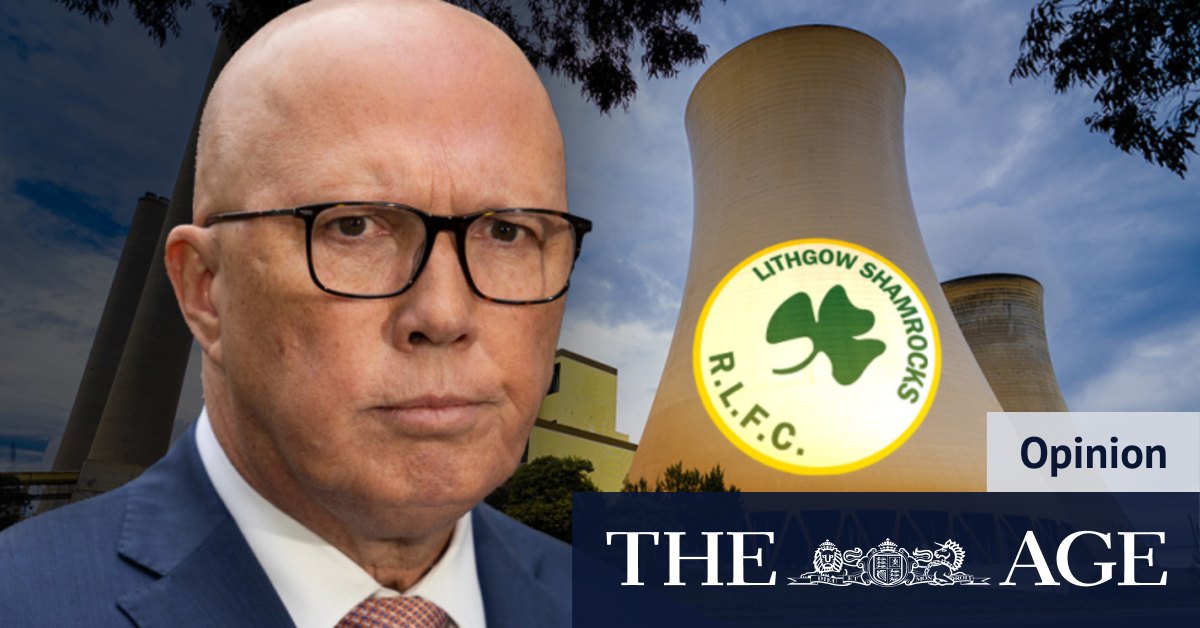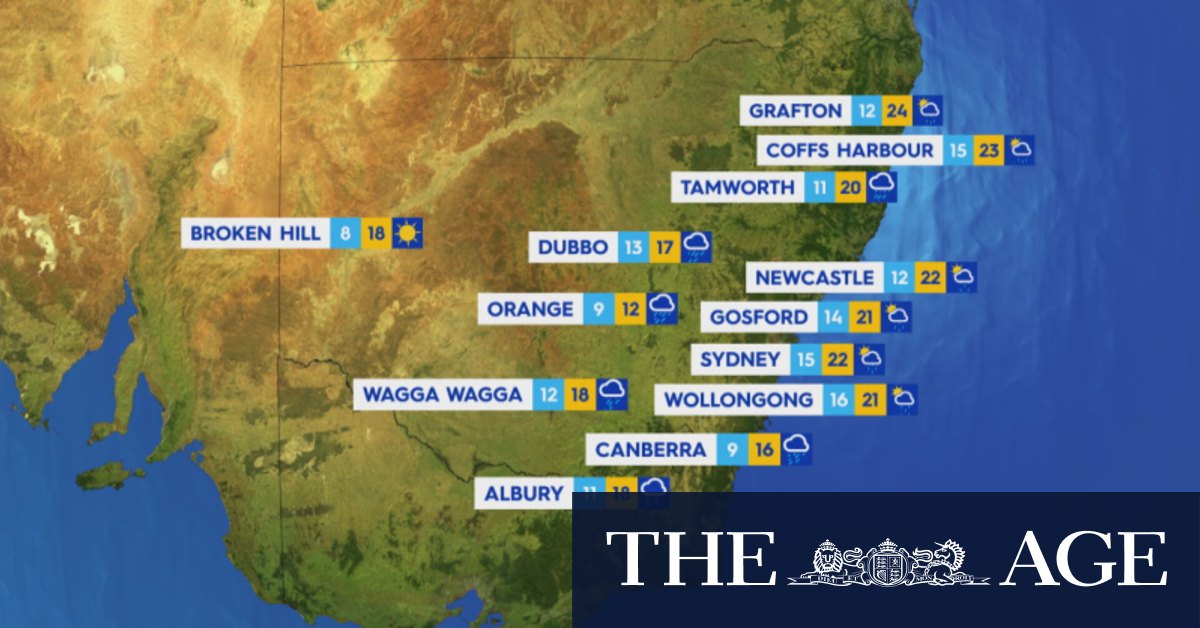Most mines had a team. Factory had a team and there was no shortage of pitches, whether it was the Recreation Ground, later to become the Tony Luchetti Sports Ground, or the Glanmire ground complex.
In the 1960s, the Group Ten competition was in full swing and Lithgow had two teams: Lithgow Workman's Club and Lithgow Shamrocks. Most of the players were miners or fitters and turners from the Small Arms Factory or Wallerawang Power Plant. Both teams had a couple of policemen in the forwards.
loading
As players, we've always kept in mind that the basic burden of our existence lay in the black seams of gold beneath our feet. Over time coal got a bad name and this coincided with a decline in participation in rugby league and all other sports. The Valley of Wonders was in a sea of despair.
Then out of the blue came the Dutton Plan. A nuclear power plant for Wallerawang. I called a few old Shamrocks who had almost given up on seeing any future for the Sky Valley. A couple of them had worked at the power plant back in the day, and while they admitted they hadn't actually been inside a nuclear plant, they were as one in having the vision that an adaptation would be perfect. And they were excited.
Within two hours they had assembled a small army of ex-players with practical mechanical skills who were ready, pro bono, to get involved. One had a laptop he had borrowed and was Googling “how to build a nuclear power plant”.
Over a few beers and some post-beer mountain calculations, they quickly formed the view that a Generation 4 reactor was the preferred option. They were violently opposed to any talk of a “small reactor”, seeing it as an insult to the history of the valley. Gen 4 would easily produce a gigawatt of power, produce hydrogen as a by-product, have a thermal power outlet and, at a push, be able to desalinate water – a pipeline connecting Lithgow to the sea was not out of the question.
loading
Most weren't worried about the cost, but when pushed, they agreed it wouldn't be cheap. After a few numbers were bounced around – cost of concrete and other things – and after a few more rounds of beers, a figure of between $1.7 billion and $17.3 billion, roughly $709 million, was settled on of “realistic” fiscal landing.
Most thought that with all of Lithgow's shoulders at the wheel, the modification was practically possible in 36 months. When they came back to me, they were excited. “Dutton has given us the license to dream, to imagine a future. It has given us certainty. As sure as night follows day, with nuclear Lithgow, the Shamrocks will be back.”




